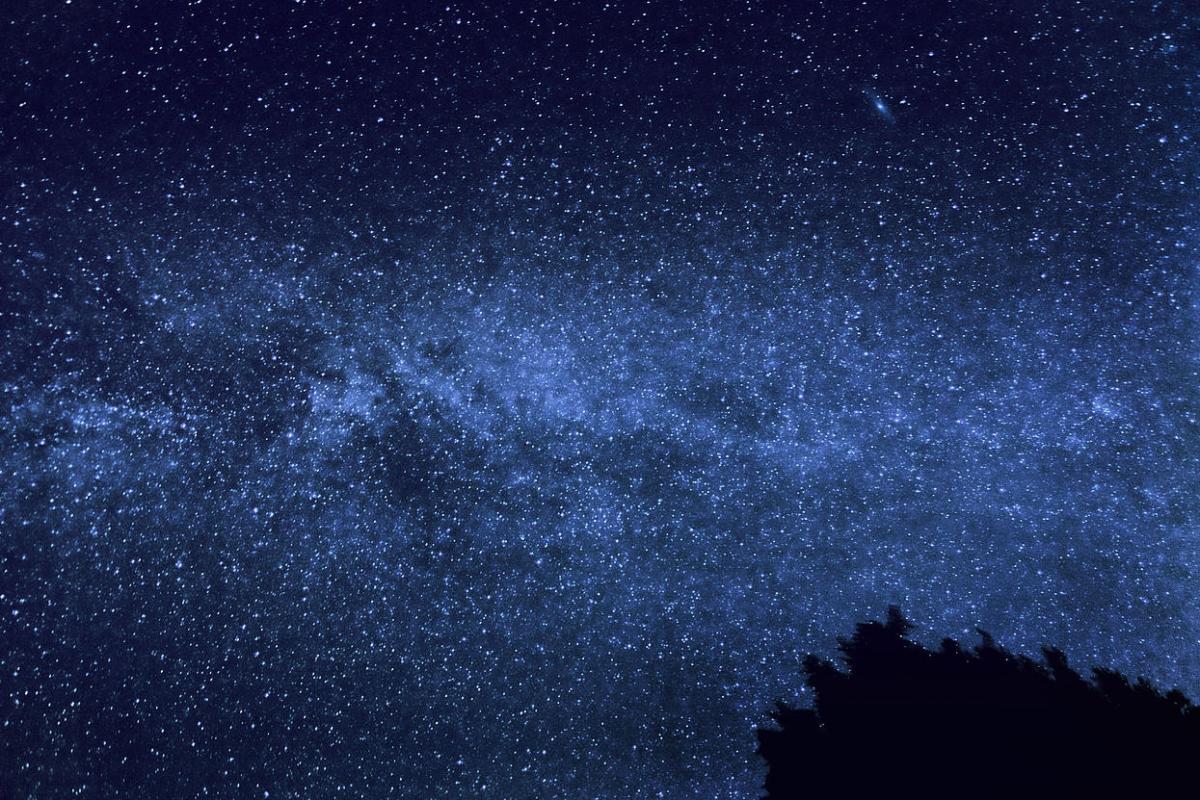Y: When was the last time you saw the Milky Way, Don.
D: Last week in the grocery store.
Y: Not the candy bar. I mean the stars in the center of our galaxy.
D: Hmm. Good Question, Yaël. I'm not sure if I've ever really seen it, except for in photos. I can see the moon and some of the stars here in town, but even in the country, the sky is pretty hazy.
Y: Did you know that a third of the people living on Earth can't see the Milky Way at night.
D: That can't be right.
Y: Scientists have been studying light pollution and its impact. They used high‑resolution satellite data and precision sky brightness measurements to develop an atlas that illustrates where artificial lights are blocking our view of outer space. More than eighty percent of North Americans and sixty percent of Europeans are unable to see the Milky Way at night.
D: I suppose many people don't care about that.
Y: That may be so, but it illustrates the impact of light pollution. Lights at night interfere with plant growth and animal migrations. They can affect health by disrupting circadian sleep cycles, causing insomnia and depression. On top of that, too much lighting wastes energy and money.
D: But lights help too. They deter crime and make driving safer.
Y: Actually, research findings on night lighting have been contradictory, some showing no benefits to lighting. Many cities around the world are switching to shielded lights that illuminate only the area below them. They are also limiting blue light that interferes with circadian rhythms and sleep cycles. And new technology could create street lights with sensors that turn them on only on when needed.










